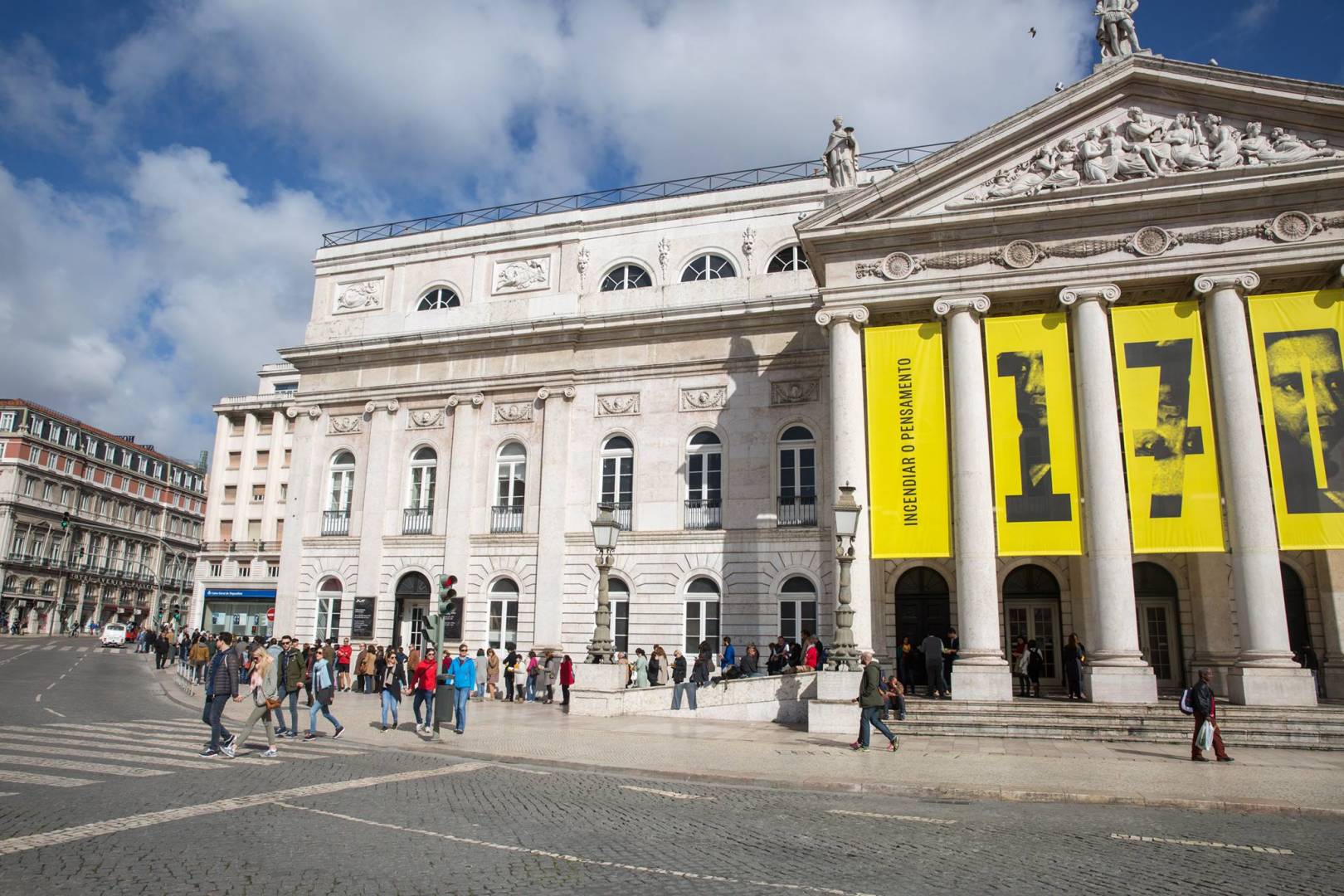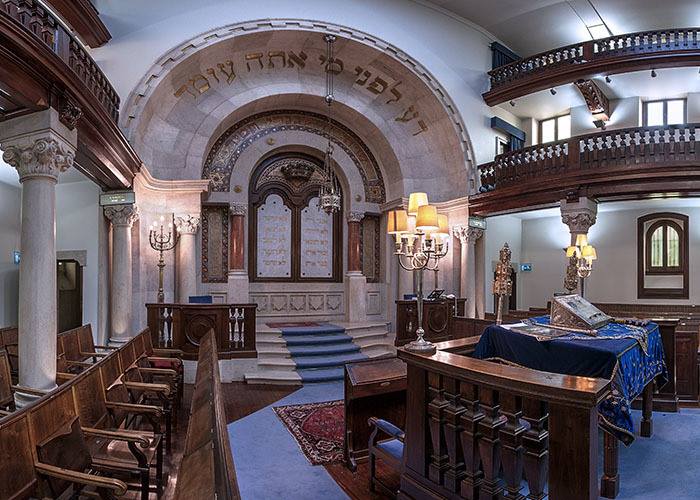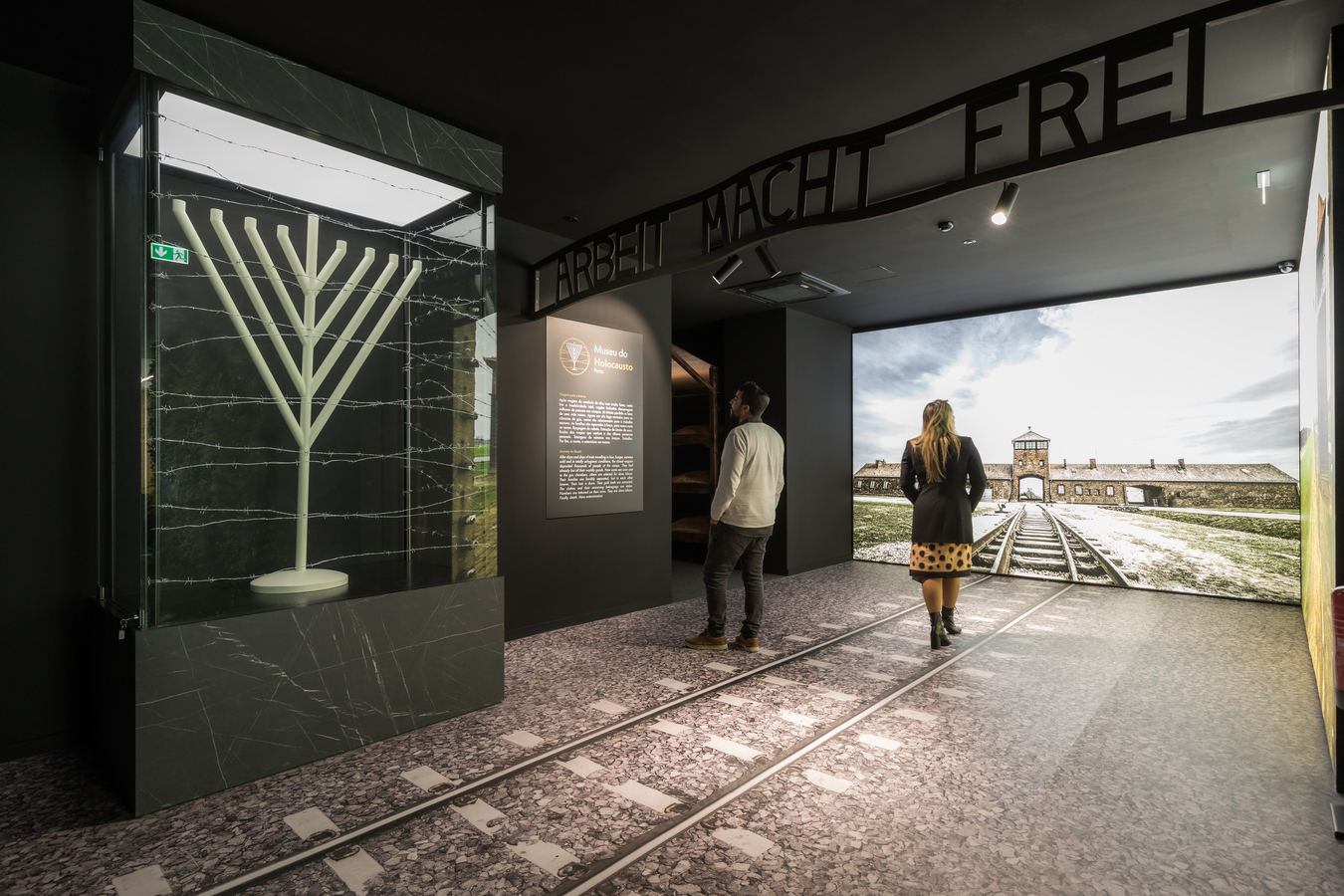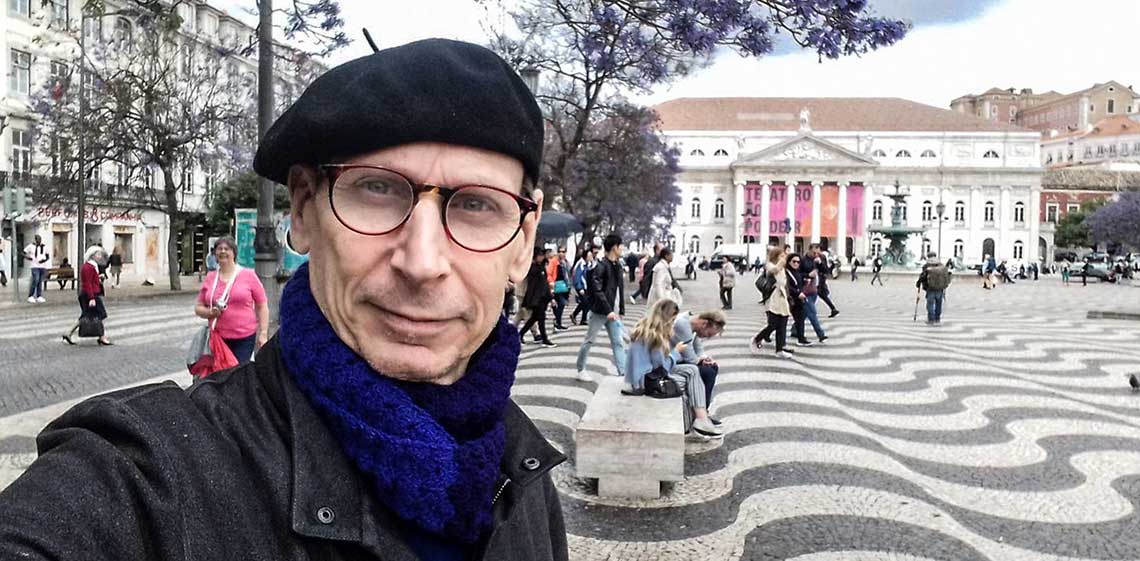Richard Zimler: Jewish itinerary in Portugal in 8 stops
The well-known Portuguese-American novelist, Richard Zimler, who grew up in a Jewish family, lives in Lisbon and suggests All About Portugal, a Jewish tour through the country.
A few minutes of conversation about a Jewish itinerary around the country was enough for All About Portugal to start a surprising journey through time, in History and through Portugal. Our guide was the best of them all: Richard Zimler, journalist, teacher, curator and author of countless bestsellers around the world. He has published short stories, written scripts and books for children – some of which are part of the National Reading Plan in Portugal – but it is as a novelist that he is best known.
Born in the United States, he grew up in a Jewish family, and his people's culture and history have formed the basis of most of his publications. In 1990 he settled in Portugal – at the time in Porto – and the country, which is also his after more than three decades living here, also serves as an inspiration for his writing. The "Last Kabbalist of Lisbon", his first great international success, is an extraordinary historical novel, and is inspired in a terrible historical episode that took place in the country, in 1506: the massacre of about 2000 New Christians.
All About Portugal spoke to the writer, who has lived in Lisbon since 2015 and suggested eight must-see places for anyone who wants to tour Judaism in Portugal. Join us in this discovery and in the end, if you haven't already, dive into Richard Zimler's books!
Dona Maria II's National Theater

Located in the heart of the capital city, it is a must-see landmark of Judaism in Portugal. This imposing building opened its doors as a theater in 1846 during the commemorations of the 27th birthday of Queen Maria II, the monarch that gives it its name. It was born from the ruins of Palácio dos Estaús, which housed monarchs and served as the Court of the Inquisition, in the 15th century, and was the stage for tortureand20,000 forced conversions. “With that the Jews lost their independence, and the truth is that forced baptism was a disaster” explains Richard Zimler. Despite its past history, today it hosts national and foreign shows and encourages performative creation.
São Domingos Church

Founded in 1242, and located inside the ancient walls of Lisbon, it is one of the most emblematic churches in the city, and combines its beauty with a remarkable event in Portugal and that Richard Zimler's bestseller "The Last Kabbalist of Lisbon" brings to light: the Lisbon Massacre of 1506, when about two thousand New Christians were killed and burned, in a sad episode that made them scapegoats for the drought, famine and plague of the time. Today, in the square in front of the Church, we find a Memorial to the Victims of the 1506 Massacre, a work from 2008, by Graça Bachmann, on a proposal from the Jewish Community.
Palace of the Inquisition / Évora Art and Culture Center

As the name implies, it served as the headquarters of the Inquisition in the 16th century and, despite the various architectural changes over the centuries, two compartments stand out from this period, which are still preserved today and deserve the visitor's attention: the Courtroom and the Inquisitor's Cubicle. The building has about three thousand m2, comprising the Palace of the Inquisition, the Art and Culture Centerand Casas Pintadas, the latter with a unique example in Portugal of palatial mural painting, from the second half of the 16th century. Despite its dark past, it is today the scene of an intense artistic and cultural promotion, with a focus on Contemporary Art.
Synagogue of Castelo de Vide

To the most distracted eyes the small two-story building, originally built in the 14th century, may go unnoticed, but this is one of the two remaining medieval synagogues in Portugal. Even after the expulsion of Portuguese Jews by King Manuel I in 1496, the "Marranos" Jews continued to use the synagogue as a religious sanctuary and school until the middle of the 16th century. It later served as a private residence and currently houses a small museum dedicated to the history of the Jewish community of Castelo de Vide.
Tomar and the Old Synagogue

Tomar is a mandatory city on any Jewish itinerary. One of its ex-libris is the Synagogue of Tomar, one of the most visited buildings in the city and – like the one in Castelo de Vide – one of the two remaining medieval synagogues in Portugal, this being the only one that has been fully preserved. It was closely linked to the movement of the Jewish community in the city, which established itself here, at the service of the Order of the Temple and, later, of its successor, the Order of Christ. With the forced conversion of the Jews in 1496, it was closed and turned into a prison. In the 19th century it was a haystack, barn, warehouse and cellar. In 1923, the building was acquired by Samuel Schwarz – a Polish Jew, researcher of Hebrew culture – and donated to the Portuguese State to create the Museu Luso-Hebraico de Abraão Zacuto. The museum's collection includes books and objects of Jewish tradition and worship, as well as tombstones from various locations across the country.
Synagogue Share Tikwah

It was the first synagogue to be built from scratch in Portugal after the 1496 expulsion order of the Jews, decreed by King Manuel. It was inaugurated in 1904 and at the time the law established that non-Catholic temples could not have their facade to the street, so the synagogue was built in a walled courtyard. In Hebrew “Shaare Tikvah” means “Gates of Hope”. It follows the Sephardic rite of Judaism and here is the tip: if you want to visit it, you must write in advance asking for permission.
Porto Holocaust Museum

Opened in 2021, by the Jewish Community of Porto, it raises awareness about one of the darkest moments in our history: the Holocaust. With a collection that brings together documents and objects left by the refugees in the Synagogue of Porto, during the Second World War, the visitor will also be able to see the reproduction of the dormitories of Auschwitz, photographs and screens showing real films about the before, during and after of the tragedy, a room of names, a flame memorial and more!
São Bento da Vitória Street

Located in the Historic Center of Porto, its history is intensely linked to the history of Judaism in Portugal and is a mandatory point on any Jewish itinerary. It was the most famous and last Jewish quarter in the city and existed between 1386 and 1496, being a true ghetto, which allowed controlling the Jews' steps. After a period of desertification – at the time of the Inquisition – it came to life with the return of the New Christians, in the 16th century, and where there were previously thirty houses on the Jewish "courela", the monastery of São Bento da Vitória was built, with the inscription on the entry: “She that was the seat of darkness is the palace of the sun. The darkness expelled, the Benedictine sun triumphs», which has led historians to suppose that the Synagogue was here.
Recommended
